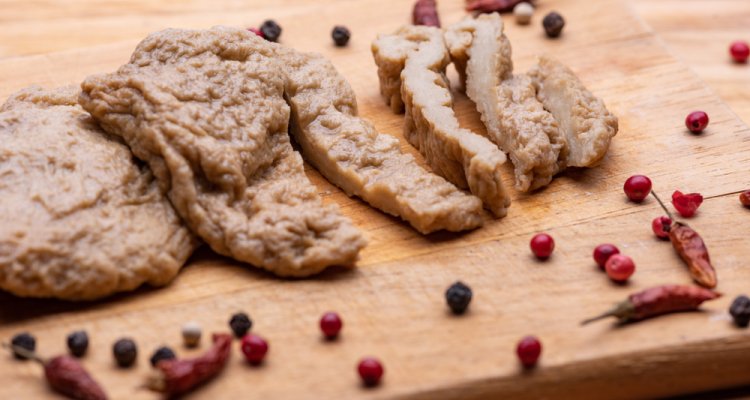
PhD defence
Disentangling processing effects of meat analogue extrusion
Summary
High-moisture extrusion is a common method to produce plant-based meat analogues with a texture similar to real meat. However, the exact mechanism of fibrous structure formation is not well understood. In this project, we used a model process called the high-temperature shear cell to investigate how different processing parameters during extrusion affect the final product. Our findings showed that changing the conditions at each step of the process influenced the structure of the final product. This confirmed our hypothesis that the fibrous texture forms at multiple locations during the extrusion process and at different length scales. Additionally, we successfully used near-infrared spectroscopy (NIR) to measure the composition and thermal history of the meat analogues. This compositional analysis could be applied for non-destructive inline quality control, and measuring the thermal history offers a new way to quantify the combined effects of different processing settings.